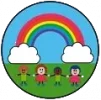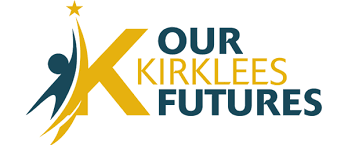phonics in year 1
Phonics
At our school, we use Little Wandle as our systematic synthetic phonics programme for early teaching of reading and writing. Phonics is making connections between the sounds of our spoken words and the letters that are used to write them down. Our phonics teaching follows the cycle of revisit and review, teach, practise and apply. Our aim is to teach children to sound out and blend in order to read words.
Please click here for the Year 1 Phonic Progression overview.
Please click here for support on how to say the Phase 3 sounds
Please click here for support on how to say the Phase 5 sounds
Please click here for the Phase 2, 3 and 5 Grapheme Mat
Please click here for the Year 1 list of tricky words
The Collins Big Cat Library
Access to our library brings reading to life in school and at home with a range of more than 1000 books matching the phonics phase your child is being taught in school.
This range includes fiction and non- fiction texts.
Your child will be able to access books that are fully decodable to their stage of learning and ones that have been sent home by their class teacher.
This will be at the correct phonic stage for your child. Children need regular opportunities to apply the phonics they have learned to reading fully decodable books. To check if your child is reading the correct book, they should be able to:
- Know all the sounds and tricky word in the book.
- Read many of the words automatically
- Only need to stop and sound out around 5% of the words.
This will be dependent on the child’s year group. Please listen to your child read their book. Remember to give them lots of praise – celebrate their success! If they can’t read a word, read it to them. After they have finished, talk about the book together.
Sharing book
In order to encourage your child to become a lifelong reader, it is important that they learn to read for pleasure. Continue to read books that your child enjoys to them. Please remember that you shouldn’t expect your child to read every book alone. Discuss the pictures, enjoy the story, predict what might happen next, use different voices for the characters, explore the facts in a non-fiction book. The main thing is that you have fun!

